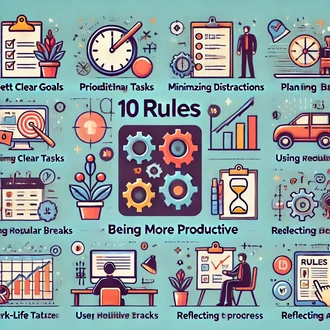Transcription Causal fallacy
The causal fallacy can arise in the workplace when we try to identify the cause of a particular problem or success at work. The tendency to attribute an outcome to a specific cause can be tempting, but this can lead us to make hasty or ill-informed decisions.
For example, if a project is successful after implementing a new marketing strategy, we might assume that this strategy is solely responsible for the success without considering other factors, such as team effort or market conditions.This misperception can have a negative impact on productivity, as we may focus on incorrect solutions or dismiss valuable opportunities that do not fit with our assumed cause of success or failure. In addition, by attributing results to the wrong causes, we may underestimate the importance of other critical factors that actually influence our achievements.
Practical Examples of Causal Fallacy at Work
To better understand how the causal fallacy manifests itself in the workplace, let's consider some practical examples:
- An employee receives a promotion and takes on more responsibility at work. Instead of recognizing his skills and accomplishments, he attributes the promotion to the new office where he now works.
- A team succeeds in meeting an important deadline on a project after organizing a series of team meetings. Team members assume that the meetings were the sole reason for the success, without considering other factors, such as team collaboration and commitment.
- A department experiences an increase in customer satisfaction after implementing a new customer service system. They attribute this increase solely to the new system, without considering that they also trained staff to improve their service.
Strategies to Avoid the Causal Fallacy and Improve Productivity
Here are some strategies to avoid the causal fallacy in the work environment and improve productivity:
- In-depth analysis: Before attributing an outcome to a specific cause, it is essential to conduct an in-depth analysis. Examine all factors that could have contributed to the outcome and assess their influence. Do not jump to conclusions without solid evidence.
- Tests and controlled experiments: Rather than assuming a causal relationship, consider conducting tests and controlled experiments to test hypotheses and evaluate the impact of different variables on the results.
- Data collection and feedback: Collect relevant data and seek
fallacy causal




